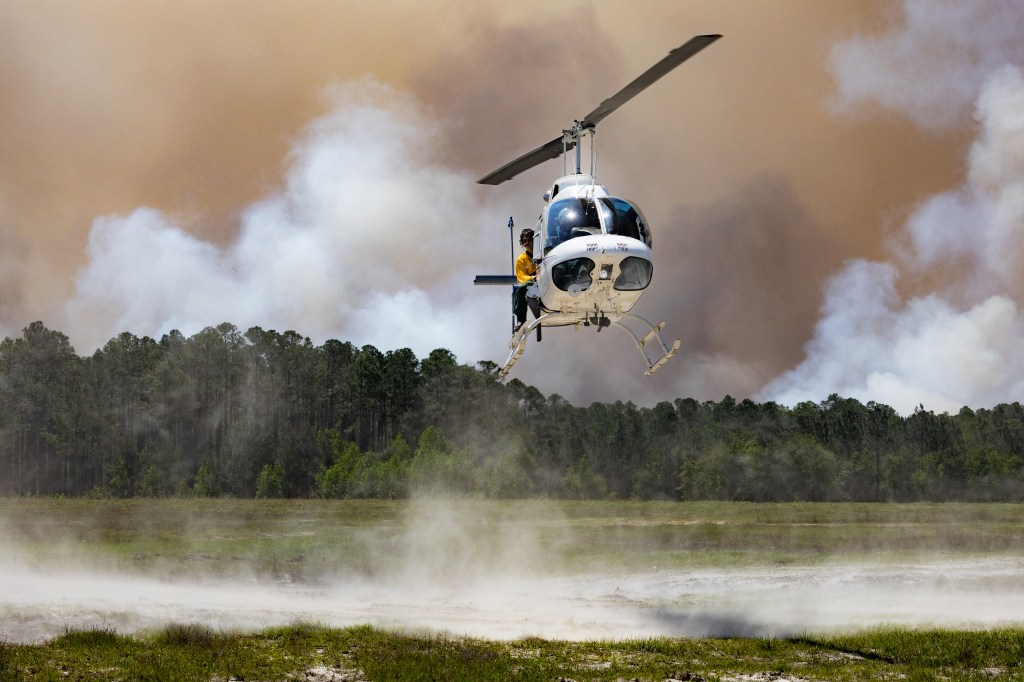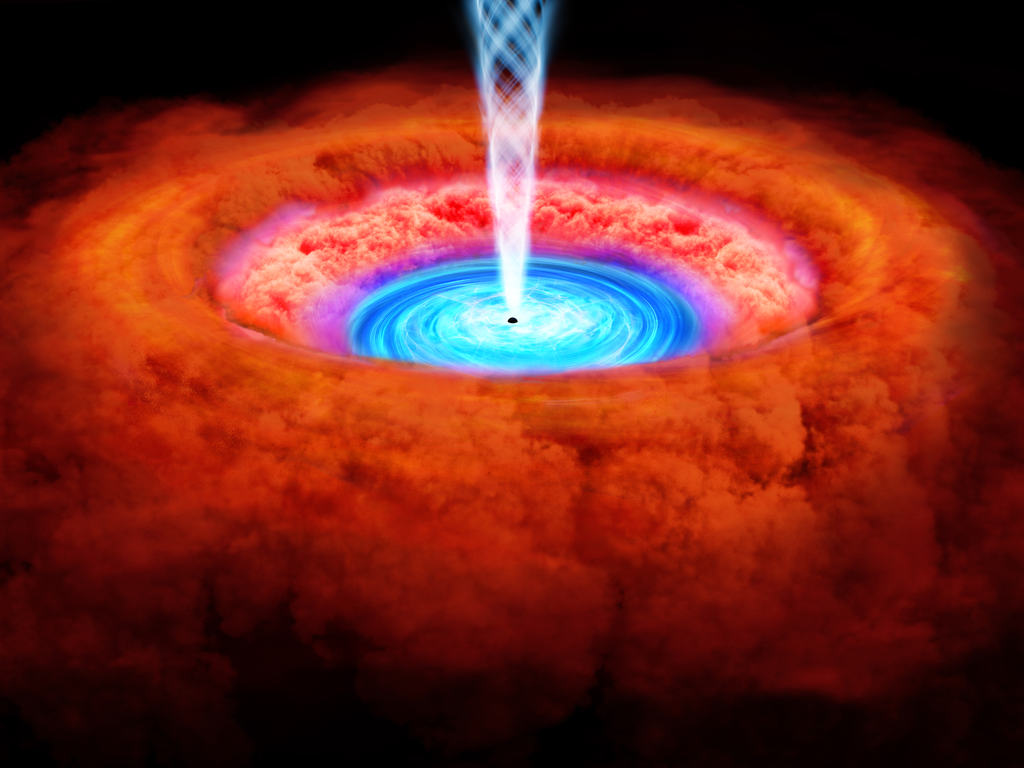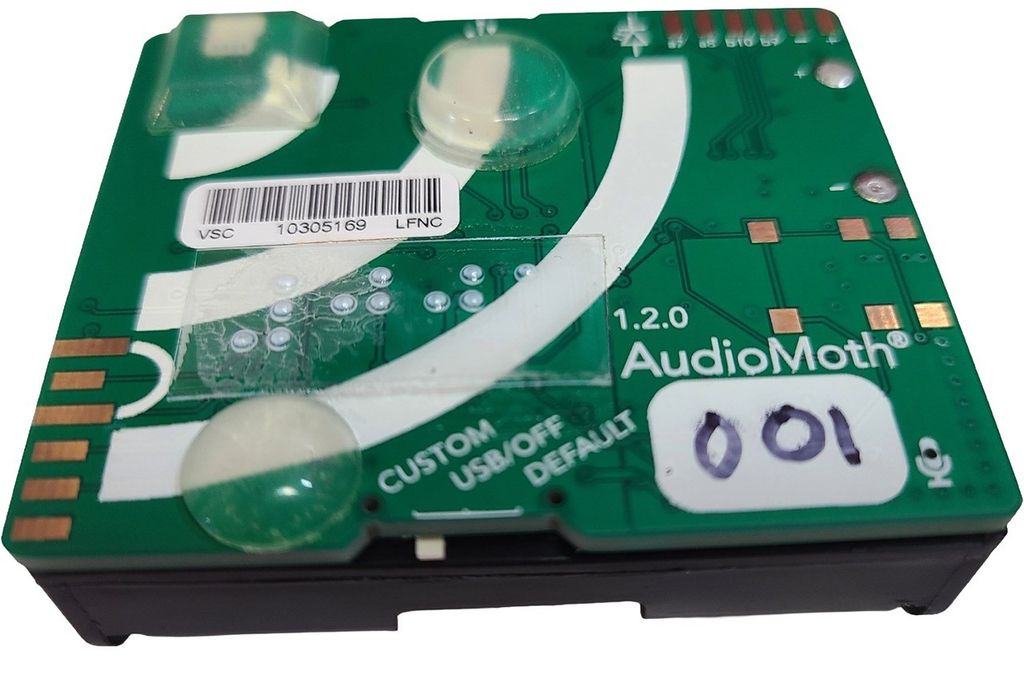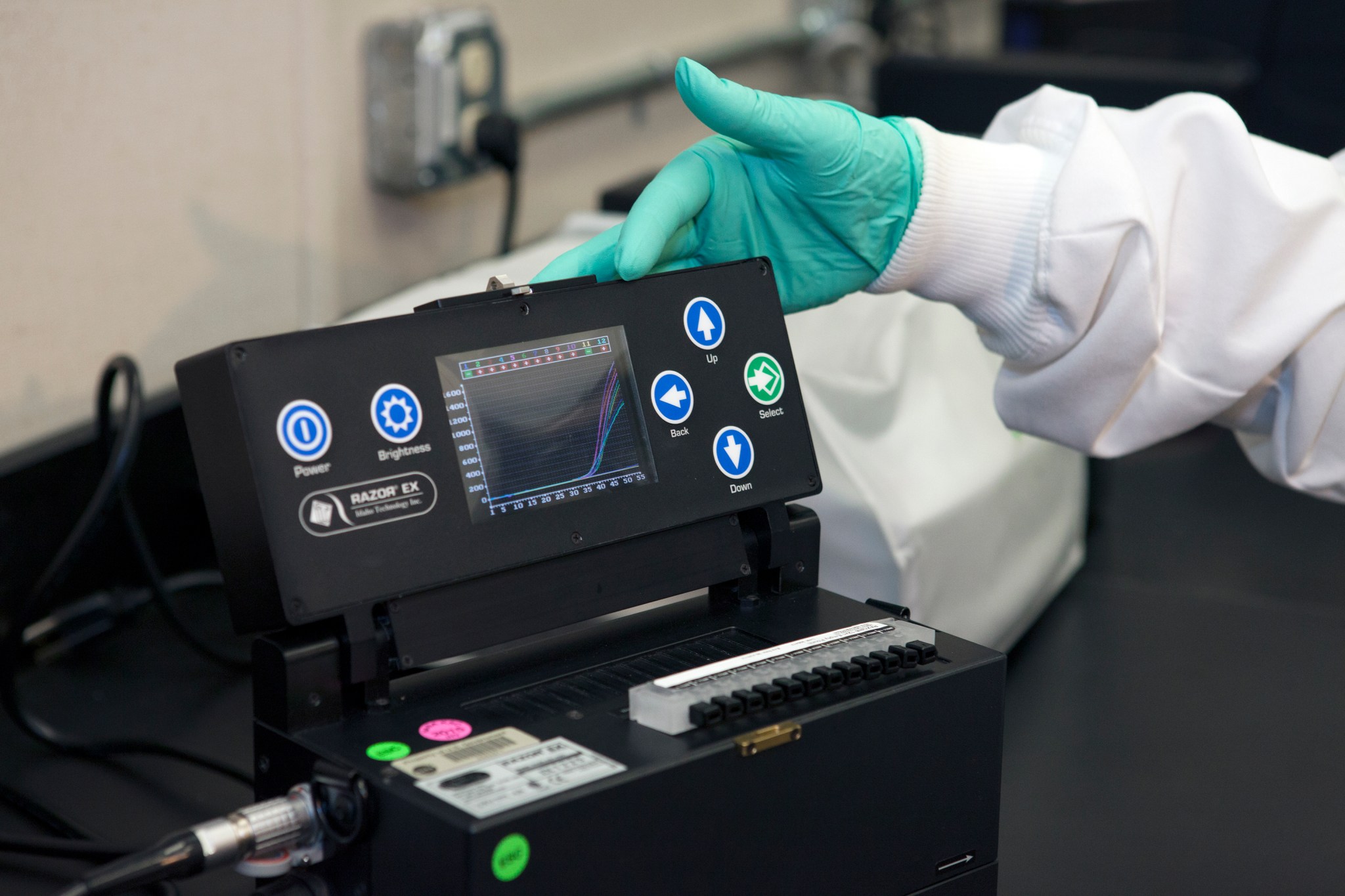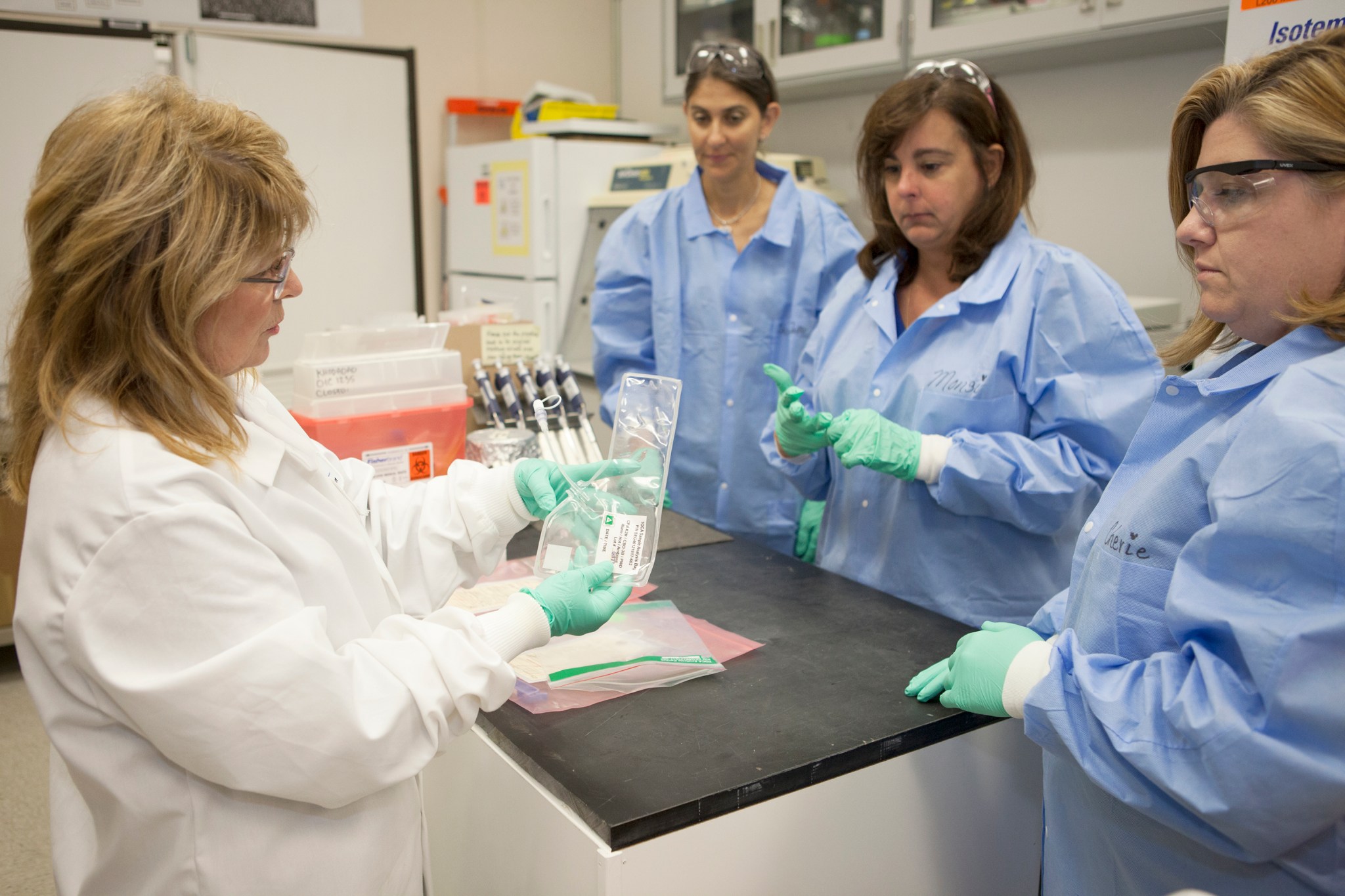
A new technology that can detect and identify microorganisms in a variety of sample types could go from use on the ground to use in microgravity on the International Space Station, and perhaps beyond low-Earth orbit.
Research scientists are using a portable instrument from BioFire Defense, called RAZOR EX. Originally developed for use by soldiers on the battlefield, first responders also have used it to test biological samples in the field.
This technology could meet future exploration mission requirements, including crew health and planetary protection. The availability of a real-time microbial detection system would provide earlier identification of potential problems on the space station and enable the crew to respond more quickly to mitigate risks resulting from contamination.
“NASA is unlocking the door to new technologies that will help make us independent from Earth,” said Monsi Roman, RAZOR project manager at Marshall Space Flight Center in Huntsville, Alabama. “The goal is to make it easier for astronauts to monitor their water on the space station. We are trailblazing this capability.”
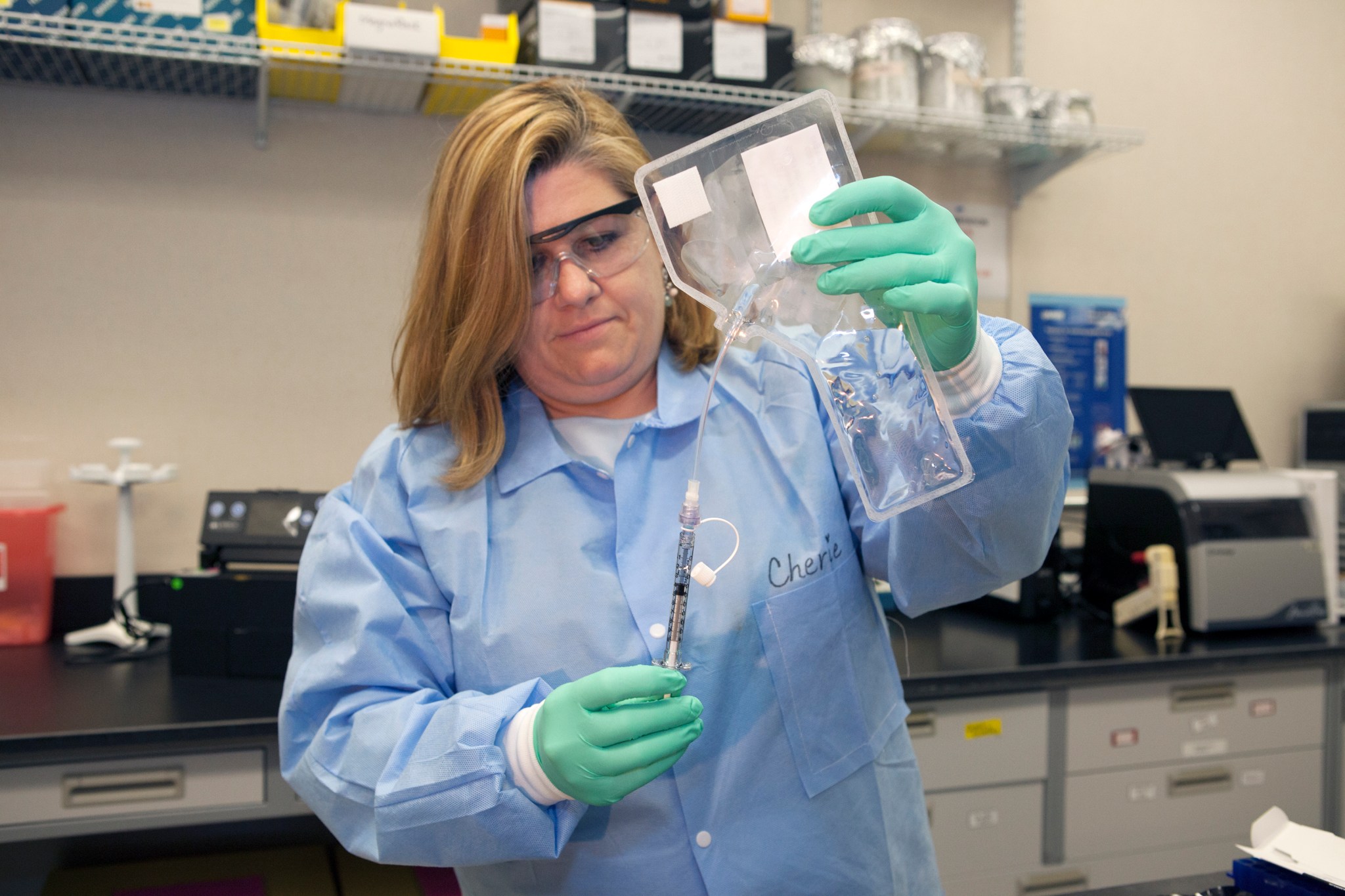
Inside the Molecular Biology Lab in the Neil Armstrong Operations and Checkout Building at NASA’s Kennedy Space Center in Florida, researchers are using this technology to develop methods for the detection of different types of bacteria and verify the system for NASA’s needs aboard the station.
RAZOR uses polymerase chain reaction (PCR) technology to analyze samples. PCR is a very precise technology in molecular biology used to amplify a single copy or a few copies of a piece of DNA across several orders of magnitude, generating thousands to millions of copies of a particular sequence.
The current process in use on the space station requires growing microorganisms and requires at least seven days for results. RAZOR can provide rapid detection and fast results and also could be used during long-duration missions beyond low-Earth orbit to monitor crops of food grown along the way.
“This demonstration of a rapid molecular microbial identification technology is important for the design of future environmental monitoring capabilities for exploration class missions,” said microbiologist Cherie Oubre, Ph.D., with Wyle Laboratories, a contractor at NASA’s Johnson Space Center in Houston.
For baseline testing, researchers placed up to 12 samples of water into a set of wells that make up a “pouch.” The pouch was activated and inserted into RAZOR, with results displayed in less than an hour.
“RAZOR is a portable and very versatile system,” said Christina Khodadad, Ph.D., with Sierra Lobo, a contractor at Kennedy, “It is one of the systems that NASA is looking at to replace the current microbial monitoring process on the space station.”
The RAZOR unit is about the size of a large handbag, measuring 9 inches wide, almost 11 inches high in the open position, and close to 5 inches deep. It can handle up to 12 different samples, or 12 different concentrations of the same sample, and can be programmed for up to 50 different protocols.
Demonstration tests have wrapped up and verification tests are scheduled to begin this month. The verification tests will confirm or validate that the PCR chemistry in the sample pouch will work as well as the test instrument. With successful testing completed, RAZOR will be certified for a demonstration flight and could fly as part of a water monitoring kit to the space station as early as 2016.
RAZOR is part of the Revolutionize ISS for Science and Exploration, or RISE, Program, based at Johnson. A NASA multicenter team selected the system for testing after evaluating and testing several commercially available systems. Kennedy, Marshall, Johnson and the Jet Propulsion Laboratory in Pasadena, California, are collaborating to explore molecular methods, including PCR, for microbial monitoring.
“One of the most exciting parts of the development of RAZOR for flight is the fact that microbiologists at three NASA centers are collaborating to get the unit ready for use by the crew of the space station,” Roman said.









